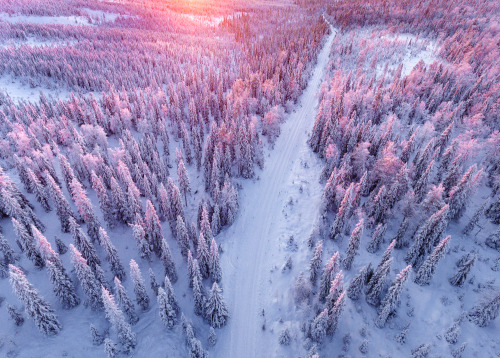Job Interviews: Did You Mean, Advanced Lying
job interviews: did you mean, advanced lying
More Posts from Alianora-of-toure-on-marsh and Others

I imagine there will be an influx of new arrivals to other social media platforms, including here due to Twitter's latest ridiculous plans. So I'm going to introduce myself. Welcome to Tumblr, it's a nice place to be! I am a Scottish artist who loves nature and our beautiful planet. I have an Etsy shop where I sell my original work for sensible prices. I am really trying to build up my little art business, Twitter was my main source of income and I don't know how long I will be able to continue there. I would very much appreciate some followers and reposts here to help me out and spread the word about my work. You will find a link in my profile that will lead you to my Etsy shop, where you can find all my original art including the work posted here, and also my other social media. Thank you for your time. https://www.etsy.com/shop/TheWeeOwlStudio
Prince Rupert’s Drop
Did you guys ever hear about Prince Rupert’s Drop? The British Royal Society was really interested in these things back in the 1600s.
It’s basically a long, thin, practically snaky bit of glass that you get when you drop some molten glass into water. It solidifies into a shape like this:

The interesting and weird thing is, you can’t really break the bulb part. You can take a hammer to it but it won’t break. But the long tail is fragile and easily broken. And if you break any part of this thing, it explodes. Really, it just blows up into a million tiny little shards.
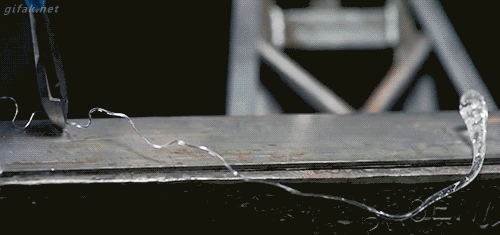
With modern high-speed cameras, they’ve managed to measure the speed of the fracture at slightly faster than one mile per second.
The reason why it breaks like this is because, when the molten glass rapidly cools, the surface hardens right up, but the inside still stays hot for a while. As the inside cools, it pulls in on itself really hard in all directions, leaving the entire drop in a constant state of high tension. When it’s entirely cooled, it only takes a tiny fracture to release that chain reaction of released tension that breaks all of it almost at once.
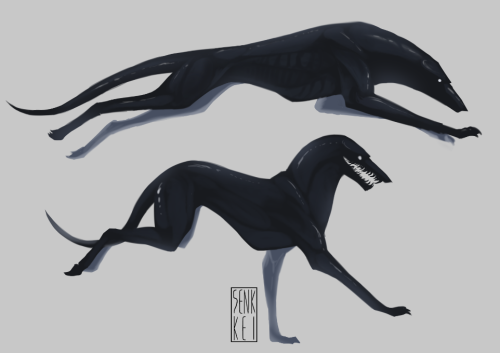
the things i would imagine running alongside the car when i was a kid



















everyone: so uhh what’s homestuck about me: an overwhelming amount of scary girls that can kill me
“it wouldn’t even have to be an evil sponge” is a vital part of my personal lexicon but i don’t think anyone knows what the fuck i’m talking about 99.99% of the time
seriously, tho, shelters and rescues are being slammed HARD by kitten season this year. i mean, we always are, but this year seems extra bad. shelters are in desperate need of:
Towels
Kitten Milk Replacer (kmr)
Baby kitten kibble (like with the teeny tiny kibbles like royal canin’s babycat formula)
Baby kitten soft food
Heating pads (kittens need SO MUCH HEAT)
Pine litter (baby kittens can’t use clumping litter because they try to eat it or it gets stuck to their bottoms and clumps up)
Unflavored pedialyte
little kitten pens (like the kind you keep kittens IN, not the kind you write with)
feeding syringes, bottles, and nipples
money
Fosters!!! this is probably the thing we need more than anything else, tbh.
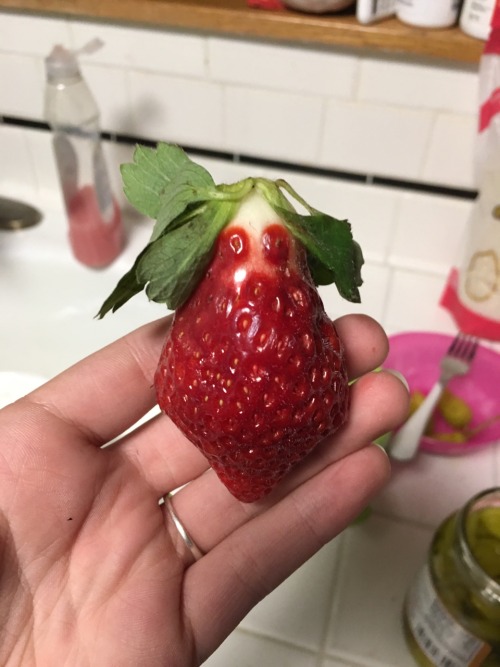
8-02-99 submitted: I found this weird ass strawberry and she looks like a small magical being/gremlin

a trickster spirit
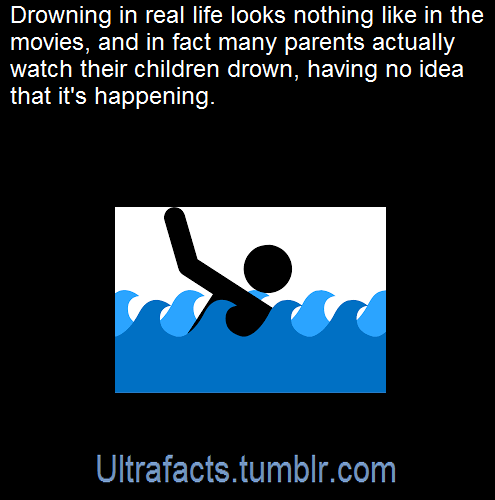
According to the CDC, in 10 percent of those drownings, the adult will actually watch the child do it, having no idea it is happening. Drowning does not look like drowning—Dr. Pia, in an article in the Coast Guard’s On Scene magazine, described the Instinctive Drowning Response like this:
“Except in rare circumstances, drowning people are physiologically unable to call out for help. The respiratory system was designed for breathing. Speech is the secondary or overlaid function. Breathing must be fulfilled before speech occurs.
Drowning people’s mouths alternately sink below and reappear above the surface of the water. The mouths of drowning people are not above the surface of the water long enough for them to exhale, inhale, and call out for help. When the drowning people’s mouths are above the surface, they exhale and inhale quickly as their mouths start to sink below the surface of the water.
Drowning people cannot wave for help. Nature instinctively forces them to extend their arms laterally and press down on the water’s surface. Pressing down on the surface of the water permits drowning people to leverage their bodies so they can lift their mouths out of the water to breathe.
Throughout the Instinctive Drowning Response, drowning people cannot voluntarily control their arm movements. Physiologically, drowning people who are struggling on the surface of the water cannot stop drowning and perform voluntary movements such as waving for help, moving toward a rescuer, or reaching out for a piece of rescue equipment.
From beginning to end of the Instinctive Drowning Response people’s bodies remain upright in the water, with no evidence of a supporting kick. Unless rescued by a trained lifeguard, these drowning people can only struggle on the surface of the water from 20 to 60 seconds before submersion occurs.”
This doesn’t mean that a person that is yelling for help and thrashing isn’t in real trouble—they are experiencing aquatic distress. Not always present before the Instinctive Drowning Response, aquatic distress doesn’t last long—but unlike true drowning, these victims can still assist in their own rescue. They can grab lifelines, throw rings, etc.
Look for these other signs of drowning when persons are in the water:
Head low in the water, mouth at water level
Head tilted back with mouth open
Eyes glassy and empty, unable to focus
Eyes closed
Hair over forehead or eyes
Not using legs—vertical
Hyperventilating or gasping
Trying to swim in a particular direction but not making headway
Trying to roll over on the back
Appear to be climbing an invisible ladder
So if a crew member falls overboard and everything looks OK—don’t be too sure. Sometimes the most common indication that someone is drowning is that they don’t look like they’re drowning. They may just look like they are treading water and looking up at the deck. One way to be sure? Ask them, “Are you all right?” If they can answer at all—they probably are. If they return a blank stare, you may have less than 30 seconds to get to them. And parents—children playing in the water make noise. When they get quiet, you get to them and find out why.
Source/article: [x]
Follow Ultrafacts for more facts!
-
 one-in-a-maxi-million reblogged this · 2 weeks ago
one-in-a-maxi-million reblogged this · 2 weeks ago -
 whitetiger94things reblogged this · 1 month ago
whitetiger94things reblogged this · 1 month ago -
 elonorsparrow reblogged this · 3 months ago
elonorsparrow reblogged this · 3 months ago -
 starkid2464 reblogged this · 4 months ago
starkid2464 reblogged this · 4 months ago -
 starkid2464 liked this · 4 months ago
starkid2464 liked this · 4 months ago -
 weirddreamsandfish liked this · 4 months ago
weirddreamsandfish liked this · 4 months ago -
 fuck-the-gender reblogged this · 4 months ago
fuck-the-gender reblogged this · 4 months ago -
 fuck-the-gender liked this · 4 months ago
fuck-the-gender liked this · 4 months ago -
 cheerfulomelette reblogged this · 4 months ago
cheerfulomelette reblogged this · 4 months ago -
 notgonnapost4 liked this · 4 months ago
notgonnapost4 liked this · 4 months ago -
 decembersflowerchild reblogged this · 5 months ago
decembersflowerchild reblogged this · 5 months ago -
 mybendystraw reblogged this · 5 months ago
mybendystraw reblogged this · 5 months ago -
 ravensincowboyhats liked this · 5 months ago
ravensincowboyhats liked this · 5 months ago -
 annapms1c liked this · 5 months ago
annapms1c liked this · 5 months ago -
 annak3s33 liked this · 5 months ago
annak3s33 liked this · 5 months ago -
 half-emptygirl liked this · 6 months ago
half-emptygirl liked this · 6 months ago -
 absolutegremlin liked this · 7 months ago
absolutegremlin liked this · 7 months ago -
 ardentmystacina reblogged this · 7 months ago
ardentmystacina reblogged this · 7 months ago -
 catchandelier reblogged this · 8 months ago
catchandelier reblogged this · 8 months ago -
 bibliotechie reblogged this · 8 months ago
bibliotechie reblogged this · 8 months ago -
 liquidmindiguess liked this · 8 months ago
liquidmindiguess liked this · 8 months ago -
 oblivioustinygay liked this · 8 months ago
oblivioustinygay liked this · 8 months ago -
 chubbypindipanda liked this · 8 months ago
chubbypindipanda liked this · 8 months ago -
 brainstomush liked this · 8 months ago
brainstomush liked this · 8 months ago -
 myhumbleme reblogged this · 8 months ago
myhumbleme reblogged this · 8 months ago -
 atolkieneffort reblogged this · 8 months ago
atolkieneffort reblogged this · 8 months ago -
 latetotherapy reblogged this · 8 months ago
latetotherapy reblogged this · 8 months ago -
 reddy-for-more reblogged this · 8 months ago
reddy-for-more reblogged this · 8 months ago -
 xhorhome reblogged this · 9 months ago
xhorhome reblogged this · 9 months ago -
 greekedtext reblogged this · 9 months ago
greekedtext reblogged this · 9 months ago -
 thepallaspalace reblogged this · 9 months ago
thepallaspalace reblogged this · 9 months ago -
 manicallydepressedrobot reblogged this · 9 months ago
manicallydepressedrobot reblogged this · 9 months ago -
 nyxserpent reblogged this · 9 months ago
nyxserpent reblogged this · 9 months ago -
 nyxserpent liked this · 9 months ago
nyxserpent liked this · 9 months ago -
 llewellynz reblogged this · 9 months ago
llewellynz reblogged this · 9 months ago -
 infinitenicknames liked this · 9 months ago
infinitenicknames liked this · 9 months ago -
 endlessreblogs reblogged this · 9 months ago
endlessreblogs reblogged this · 9 months ago -
 luntiian liked this · 9 months ago
luntiian liked this · 9 months ago -
 slevemcdichael reblogged this · 9 months ago
slevemcdichael reblogged this · 9 months ago -
 delicious-anomalocaris reblogged this · 9 months ago
delicious-anomalocaris reblogged this · 9 months ago -
 delicious-anomalocaris liked this · 9 months ago
delicious-anomalocaris liked this · 9 months ago -
 invernom reblogged this · 9 months ago
invernom reblogged this · 9 months ago -
 nyalist reblogged this · 9 months ago
nyalist reblogged this · 9 months ago -
 suzyq85 liked this · 9 months ago
suzyq85 liked this · 9 months ago -
 imightstealyourkneecaps liked this · 9 months ago
imightstealyourkneecaps liked this · 9 months ago -
 ulsblo liked this · 9 months ago
ulsblo liked this · 9 months ago -
 uselessgreatcometbi reblogged this · 9 months ago
uselessgreatcometbi reblogged this · 9 months ago
193 posts
